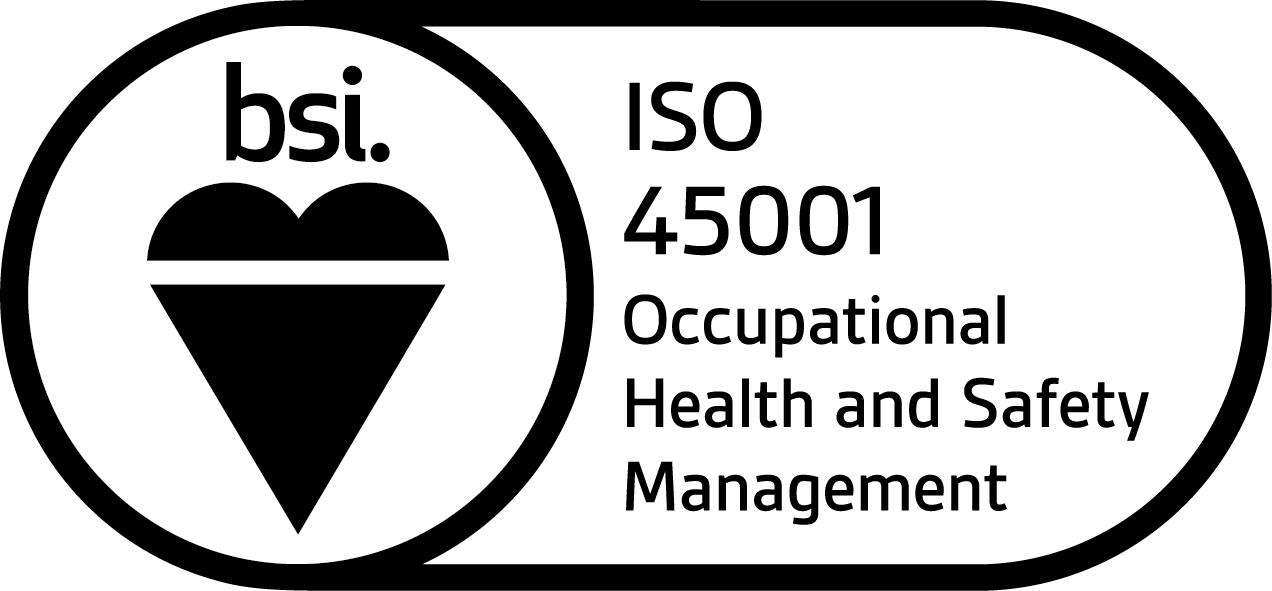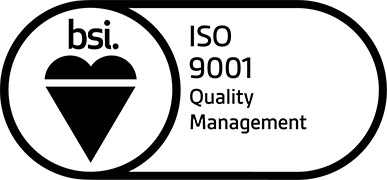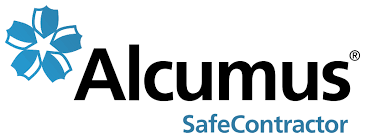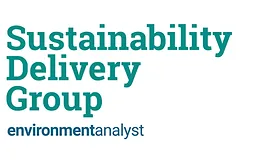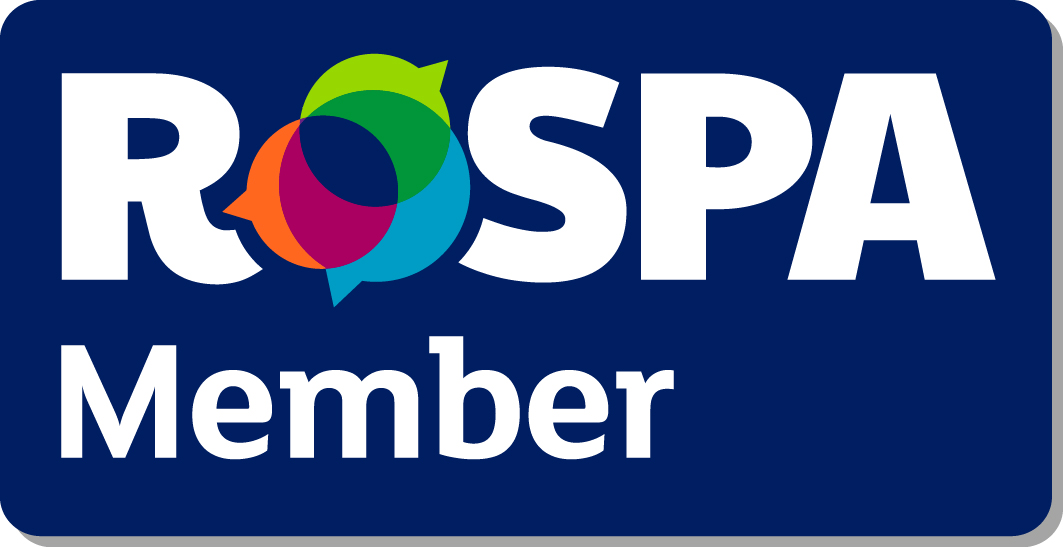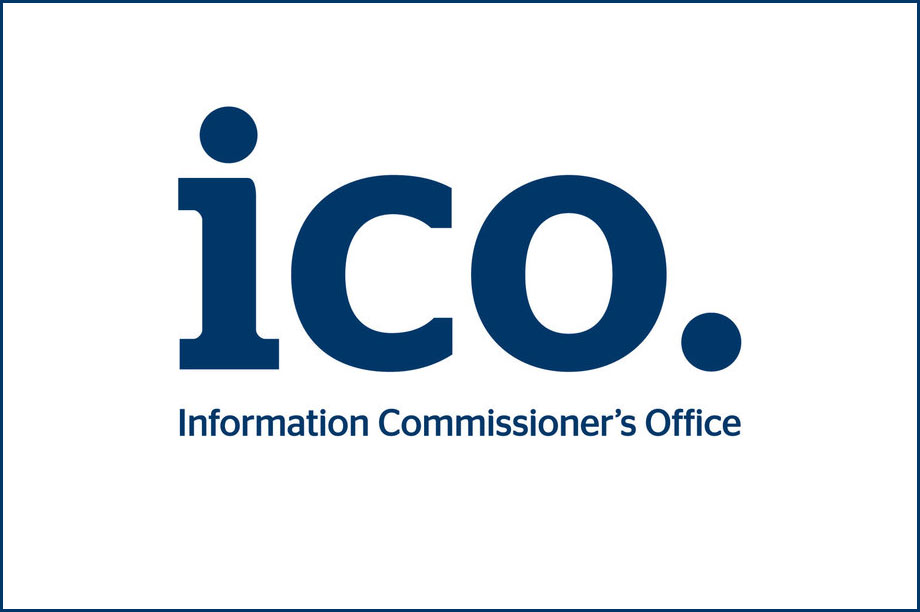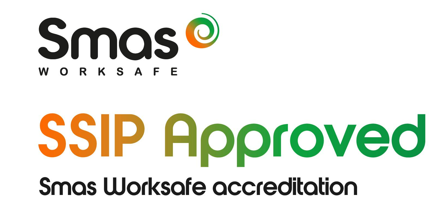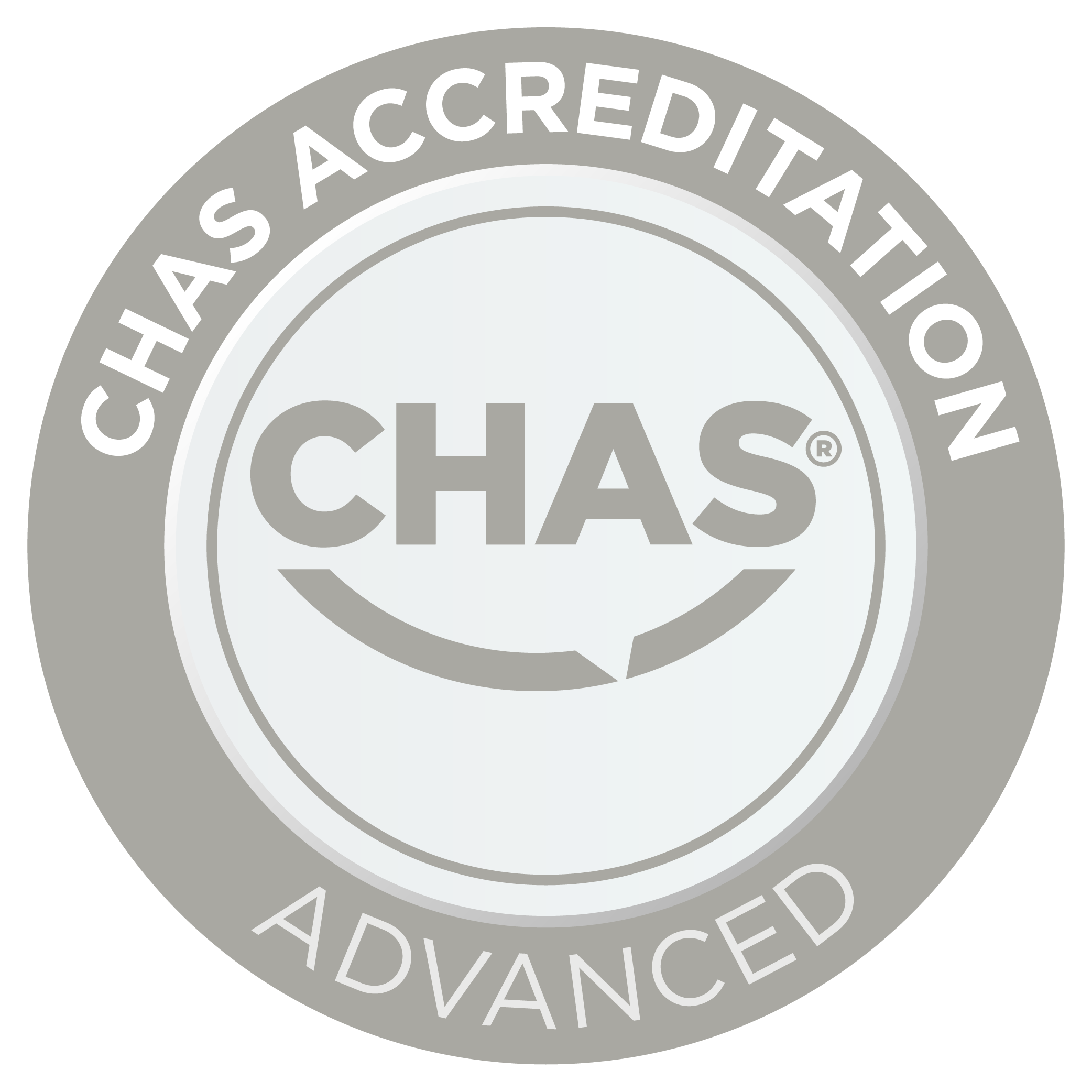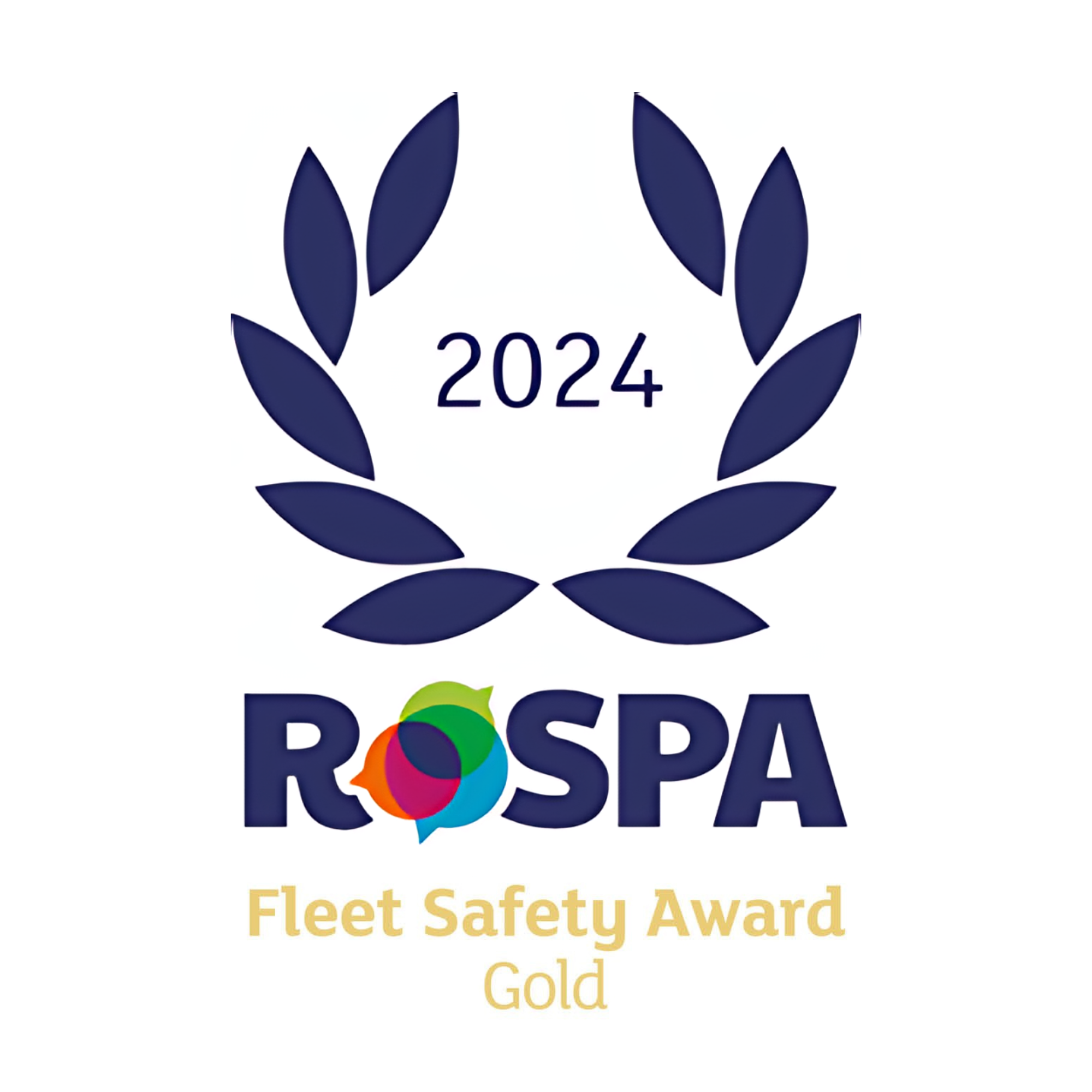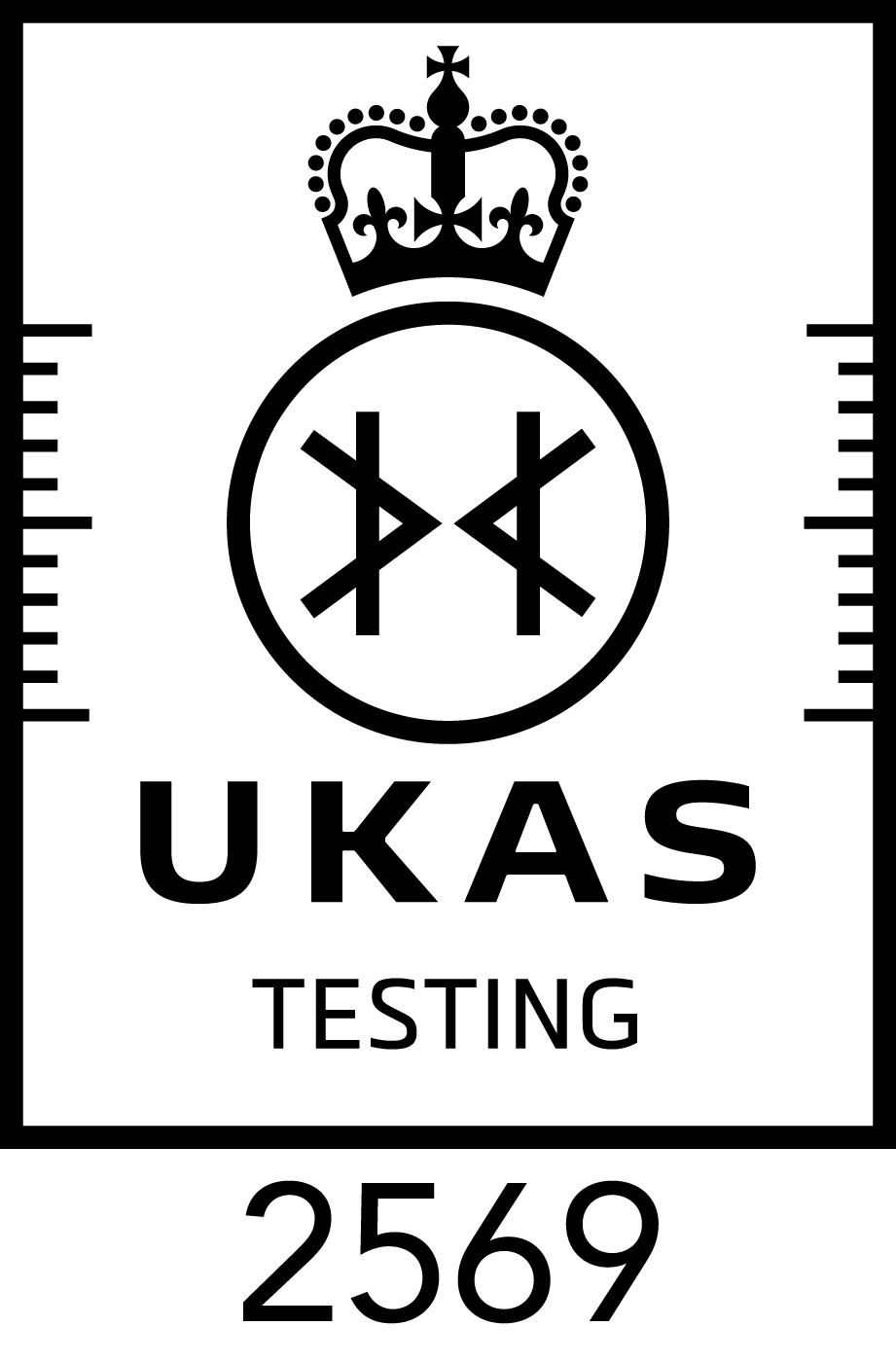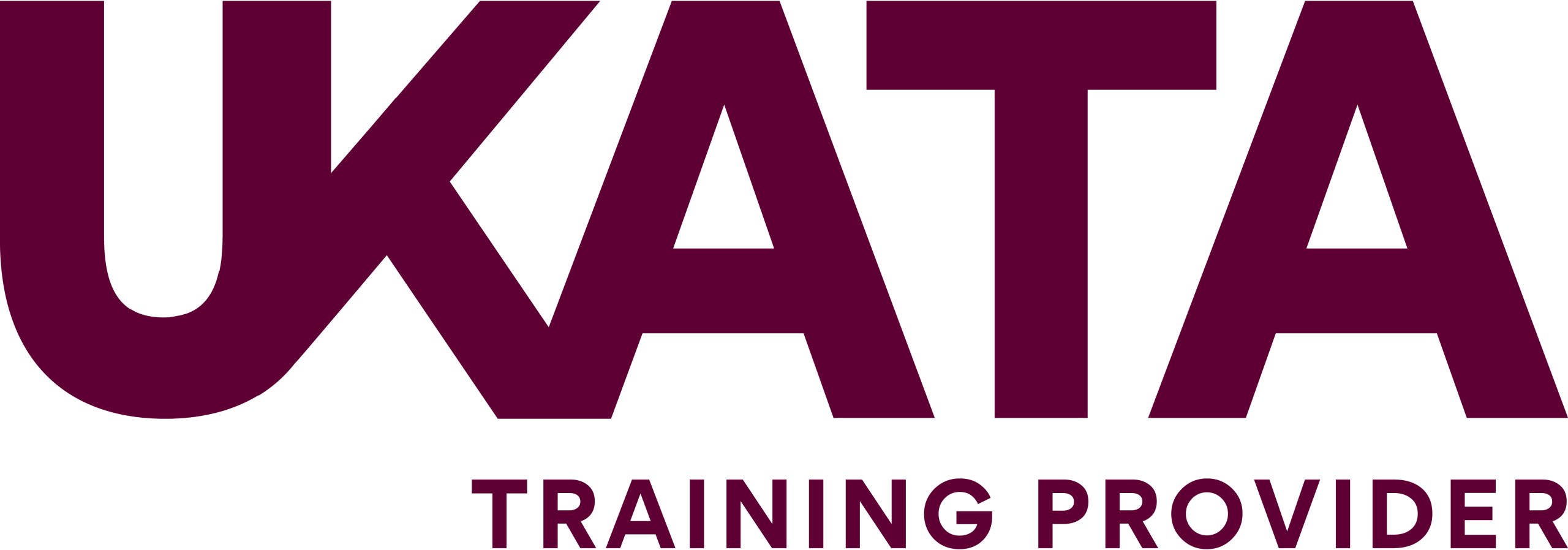Protecting people and planet
Protecting people and planet
Protecting people and planet
Protecting people and planet
Protecting people and planet
Inventory of Hazardous Materials FAQs

Lucion Group
17th July, 2018
Who is responsible for commissioning the report?
In most cases, the ship owner is responsible for commissioning the Inventory of Hazardous Materials. However recycling yards, or managing agents may act on behalf of the owner.
Is it true that the Inventory of Hazardous Materials is required on only older, previously constructed ships?
No, this is incorrect. All ships, whether they be previously constructed or newly completed, must have an Inventory of Hazardous Materials report.
Is it true that the inventory needsto be maintained/reviewed?
Yes. The Inventory of Hazardous Materials needs to be reviewed annually for the production of a Statement of Compliance. A full new report will be required every five years.
What are the main substances reported in an Inventory of Hazardous Materials?
The 4 main categories to be identified are Asbestos, PCB’s, TBT’s and ODS. Other subsequent materials may be determined in later parts of the report (PCT, PBB, lead in paint etc).
Am I at risk if an Inventory of Hazardous Materials indicates I have hazards on board?
No, not necessarily. The contractor producing the Inventory will be able to advise you on any urgent requirements in order to comply with health and safety regulations. If the identified materials are managed correctly, the risk associated to exposure from these materials is low and controllable.
Where are these reports carried out?
At the ship owners convenience. They can be done on an active vessel, a vessel primed for decommissioning or a vessel within dock.
How much will these surveys cost?
There are a number of ways of carrying out a survey from a very basic survey (suitable for new built active ships) right the way through to a full depth survey, ideally aimed at those vessels nearing the end of their service. A full depth survey will be far more intrusive in its nature, and determine a more complete hazard inventory prior to the vessel being dismantled. It will take more time to produce and subsequently be of greater expense.
How long does a survey take?
This is dependant on the type of vessel in question. Anything from a week to a number of months dependant on the size of vessel and the nature of the Inventory (basic or full depth).
Register for IMPACT Bulletin
Don’t miss a beat - get the latest insights and updates from Lucion straight to your inbox.

